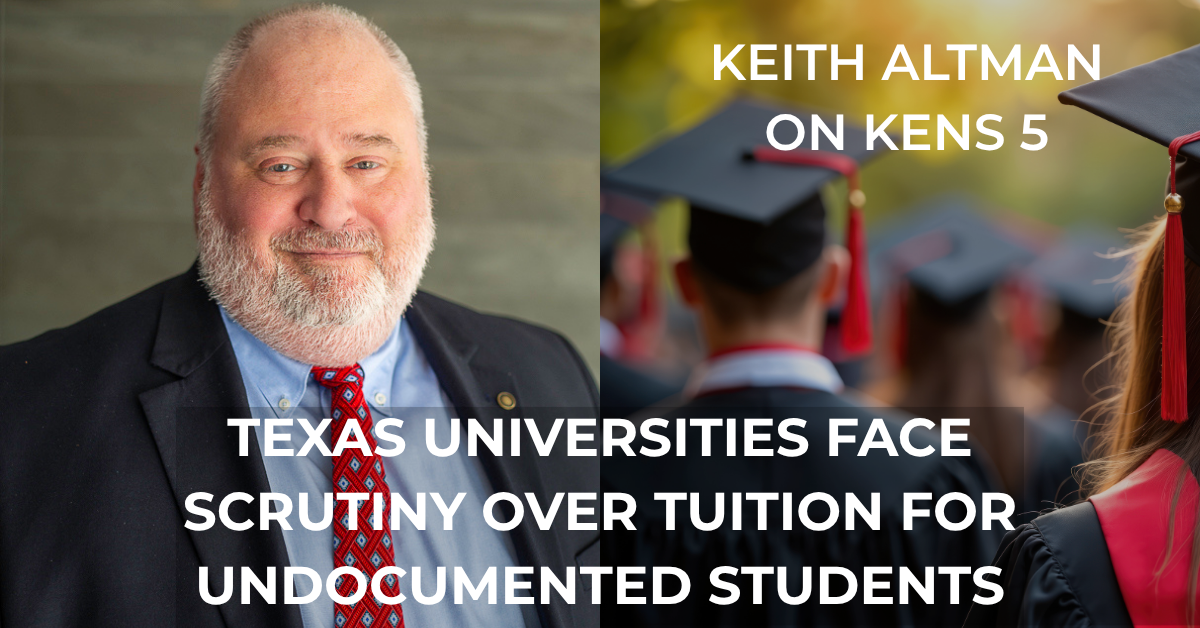In the realm of school life, conflicts and disagreements are not uncommon. However, engaging in physical altercations or fights on campus can have serious consequences. It is essential to be aware of the potential disciplinary actions, legal implications and long-term consequences associated with fighting in school. This blog aims to provide a comprehensive overview of the issue and shed light on the various aspects surrounding school fights.
Consequences of School Fights
Engaging in physical altercations at school can have significant consequences, both in terms of school discipline and potential legal ramifications. It is important for students to understand the potential long-term effects that can impact their educational and professional opportunities. Here are some key consequences of fighting in school:
- School Discipline Measures
- Legal Consequences
- Impact on Educational and Professional Opportunities
- School Policies and Actions
Let’s get into the details of each of these.
School Discipline Measures
Schools have policies and disciplinary measures in place to address instances of fighting. The consequences for students involved in fights can vary depending on the severity of the incident and the school’s policies.
Common disciplinary actions for getting involved into school fights include:
- Suspension
- Expulsion
- Loss of Privileges
- Mandatory Counselling or Intervention
Suspension
Students may face temporary suspension from school, during which they are not allowed to attend classes or participate in school activities for a specified period.
Expulsion
In more severe cases, students involved in fights may be expelled from the school. Expulsion involves being permanently removed from the educational institution and may require the student to enroll in another school or an alternative educational program.
Loss of Privileges
Students may face additional consequences such as loss of extracurricular activity participation, removal from leadership positions or restrictions on attending school events.
Mandatory Counselling or Intervention
Schools may require students involved in fights to undergo counselling or intervention programs aimed at addressing the underlying causes of their behavior and helping them develop healthier conflict resolution skills.
Legal Consequences of School Fights
Depending on the jurisdiction and the severity of the altercation, students involved in fights may face legal consequences as follows:
- Criminal Charges
- Involvement in the Juvenile Court System
- Criminal Legal Record
Criminal Charges
Depending on the severity of the fight and the jurisdiction’s laws, students involved in school fights may face criminal charges. Common charges include:
- Assault
- Battery
- Disorderly conduct
- Aggravated assault
These charges can have serious legal consequences and impact the students’ records.
Involvement in the Juvenile Court System
School fights involving minors typically fall under the jurisdiction of the juvenile court system. Juvenile courts focus on rehabilitation rather than punishment, but depending on the circumstances and the students’ prior history, the court may impose penalties such as:
- Probation
- Community service
- Counselling
- Placement in a juvenile detention facility
Legal Penalties
If found guilty of criminal charges related to a school fight, students may face various legal penalties. These penalties can include:
- Fines
- Mandatory counselling for anger management programs
- Loss of driving privileges
- Restraining orders
- Incarceration in the case of severe offenses
The specific consequences depend on the severity of the incident, the individuals involved and the jurisdiction’s laws.
Impact on Educational and Professional Opportunities
Engaging in fights at school can have long-term consequences on a student’s educational and professional opportunities. These may include:
School Applications
Schools and universities often consider disciplinary records as part of the admissions process. A history of fighting can negatively impact a student’s chances of being accepted into their desired institutions.
Educational Transitions
Students who are expelled or repeatedly suspended may face challenges when transferring to other schools or completing their education.
Employment
Employers may consider a candidate’s disciplinary record when making hiring decisions and a history of fighting can raise concerns about conflict resolution skills and workplace behavior.
Professional Licenses
Some professions require background checks and consider disciplinary records when granting licenses or certifications. A history of fighting may impact the ability to obtain certain professional licenses.
School Policies and Actions
Schools typically have clear policies in place regarding fighting, outlining the expectations, rules and consequences for fights on campus. These policies also define the reporting procedures and the roles of school administration and staff in handling incidents. The investigative process is crucial to gather all relevant information, ensuring fair decision-making when it comes to disciplinary actions.
Potential for School Expulsion
Expulsion from school is a severe consequence that can occur in certain cases of fighting. Factors such as the severity of the incident, prior disciplinary history and the threat to the safety of others can influence the decision to expel a student. However, students facing expulsion have legal rights and are entitled to due process, including the opportunity to present their side of the story and appeal the decision.
Alternatives to Expulsion
While expulsion is a possibility, schools may also explore alternative disciplinary measures as follows aimed at addressing the root causes of the conflict and promoting behavioral change:
- Intervention programs
- Counselling
- Conflict resolution techniques
- Restorative justice practices
Actions for Students Involved in School Fights
For students involved in fights, it is crucial to understand their individual rights and seek legal representation or advice when necessary. Cooperating with school investigations, actively participating in rehabilitation programs and reflecting on the experience to make positive changes are vital steps towards growth and improvement.
Support Systems for Students Involved in Fights
Students involved in fights require support systems to help them navigate the consequences and emotional impact. Parents, school counselors and external resources play a crucial role in providing guidance, mental health support and access to relevant helplines and resources.
Strategies for Conflict Resolution and Avoiding Fights
Conflict is an inevitable part of human interactions, but it is essential to address conflicts in a constructive and peaceful manner. Here are some strategies for conflict resolution and avoiding fights in the school environment:
Effective Communication
Open and respectful communication is key to resolving conflicts and preventing fights. Encourage individuals involved in a conflict to express their concerns, emotions and perspectives without interrupting or belittling each other. Active listening, empathy and non-judgmental communication can help foster understanding and find common ground.
Mediation
Peer mediation programs can be valuable tools for conflict resolution in schools. Trained mediators, who are impartial students or staff members, can facilitate a structured conversation between conflicting parties. Mediation allows individuals to express their grievances, explore possible solutions and reach a mutually agreeable resolution.
Seeking Help from Trusted Adults
Encourage students to seek guidance and support from trusted adults, such as:
- School counsellors
- Resident advisors
- Faculty members
These individuals can provide a neutral perspective, offer advice and help mediate conflicts if necessary. Their experience and expertise can contribute to finding effective solutions and preventing conflicts from escalating into fights.
Utilizing Resources Promoting Peaceful Resolution
Schools often have resources dedicated to promoting peaceful resolution and managing conflicts. These resources may include workshops, training programs or counselling services that focus on conflict resolution skills, anger management and peaceful communication techniques. Encourage students to avail themselves of these resources to develop the necessary skills to handle conflicts in a non-violent manner.
Conflict Prevention Strategies
Prevention is always better than dealing with conflicts after they arise. Here are some strategies to prevent conflicts and fights:
Establish Clear Expectations
Clearly communicate school policies, rules and expectations regarding behavior, respect and conflict resolution. This helps set a foundation for a harmonious school community and reduces the likelihood of misunderstandings and conflicts.
Promote Diversity and Inclusion
Foster an inclusive environment that respects and values diversity. Encourage open dialogue, cultural understanding and acceptance of different perspectives. When individuals feel valued and respected, conflicts based on prejudice or discrimination are less likely to occur.
Conflict Resolution Training
Offer conflict resolution training programs or workshops to students, teaching them skills such as effective communication, active listening, negotiation and problem-solving. Equipping students with these skills can empower them to handle conflicts constructively.
Encourage Collaboration
Promote collaborative activities, group projects and team-building exercises. These experiences can enhance interpersonal skills, cooperation and understanding among students, reducing the likelihood of conflicts.
Establish Supportive Structures
Develop support systems within the school, such as mentoring programs or student organizations dedicated to conflict resolution and peacebuilding. These structures can provide guidance, mentorship and opportunities for students to engage in activities promoting peaceful resolution.
By implementing these strategies, schools can create a safer and more harmonious environment, fostering healthy communication, conflict resolution and preventing fights among students. It is essential to create a culture that values peaceful resolution and empowers individuals to address conflicts in a constructive manner.
Conclusion
Understanding the consequences and potential actions resulting from school fights is vital for students, parents and educational institutions. By comprehending the disciplinary, legal and long-term ramifications, individuals can make informed choices, seek help when need and strive for conflict resolution and personal growth. It is crucial to emphasize the importance of preventing school fights and fostering an environment that promotes peaceful resolutions, thereby ensuring a safe and inclusive educational experience for all.





